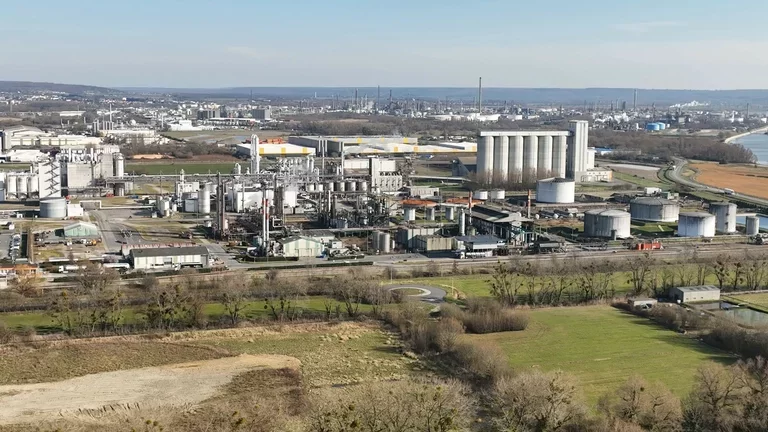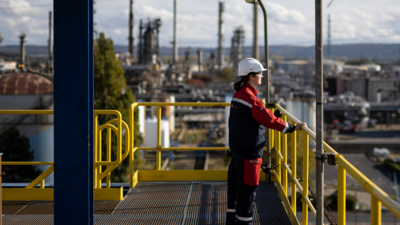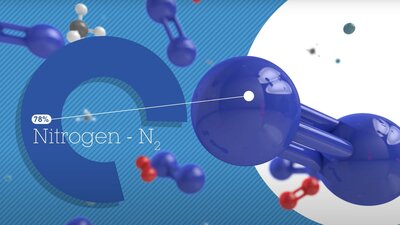Decarbonization of the industry: Focus on Carbon Capture and Storage (CCS)
Published on July 05, 2023
3 minutes

To face the climate emergency, industries are mobilizing to limit and avoid CO2 emissions generated by their activities. In order to do so, they have several solutions: improve their energy efficiency, use renewable energies, transform their production processes, develop circular economy or capture CO2. To support the transition towards a low carbon industry, companies often use different solutions simultaneously to increase impact.
To capture large volumes of the CO2, Carbon Capture and Storage, or CCS, is a fast and effective technology to implement to reduce emissions in the short and medium term, notably in sectors that emit the most CO2 and are the most difficult to decarbonize. What does this concretely entail? How do we use this technology in our projects? The answer is threefold.
What is CCS?
Concretely, CCS means trapping CO2 molecules. Once captured, the CO2 must be purified, liquefied and transported to a carbon sink1 where it will be sequestered.
How does CCS help decarbonize the industry?
With over 20%2 of CO2 emissions generated by industry, CCS is seen as a crucial solution to avoid CO2 emissions in the short term, particularly in sectors whose emissions are difficult to reduce, such as the chemical, steel or cement industries.
More generally, CCS is suited to capturing emissions from industry. CO2 is captured directly at the factory gate, as a by-product of fossil fuel combustion fumes and various production processes.
Sylvie Cornot-Gandolphe, Associate Researcher at Energy Center of the French Institute of International Relations (IFRI)
What is the future of CCS?
Large scale CCS projects are underway across the world, particularly in Europe and the United States that account for more than 70% of the projects worldwide. Air Liquide positions itself as a leader in this technology, notably thanks to its CRYOCAPTM solution, and operates large scale CCS projects in Europe, such as the Kairos@C project in Anvers, Belgium, which aims at capturing more than 14 million tonnes of CO2 over its first ten years of operation, or the “Cap decarbonation”3 (in French only) initiative launched in the north of France, which aims at capturing 1.5 million tonnes of CO2 per year.
2. Source: International Energy Agency
3. Air Liquide France Industrie, Dunkerque LNG, EQIOM, Lhoist and RTE have joined forces to decarbonize industry through three projects: phase 2 of the K6 program, the CalCC project and the D'Artagnan project.


